Rapid Prototyping (RP) is a high-tech developed in the 1990s. It can quickly turn the design concepts in people’s minds into real objects. It is particularly worth mentioning that the entire product development process does not require any molds and process equipment, which greatly shortens the trial production cycle of prototypes and new products, and quickly becomes an important means and tool to enhance the competitiveness of enterprises. The Internet questionnaire survey published by INCAST 2004 (11) shows that more than 93% of more than 400 investment casting manufacturers in Europe have used rapid prototyping. All interviewees agree that the use of this new technology is essential for accelerating new products. It is very important to develop and enhance the ability of enterprises to respond quickly to the market.

The Application Of Common Rapid Prototyping Methods In Investment Casting
The application of rapid prototyping technology in investment casting mainly includes the following aspects:
1. Make an investment
When making patterns, the rapid prototyping machine can not only input three-dimensional geometric models established by other CAD software, but also receive data files scanned by industrial CT (Computer Tomography). For example, first scan the part (screw propeller, Figure 12-1a) through CT to obtain a two-dimensional image of its cross-section (Figure 12-1b). Subsequently, the image processing software combines the two-dimensional images of each section (Figure 12-1c) to form a three-dimensional geometric model (Figure 12-1d). Then send it to the rapid prototyping machine to make a pattern (Figure 12-1e) [2]. This restoration (reverse) engineering method can not only restore machine parts, but also imitate certain human organs.
2. Making molds (compression molding) and other process equipment
There are two methods for making precision casting molds by rapid prototyping: one is to make a master mold first, and then to remake epoxy or silicone rubber profiling; the other method is to use the three-dimensional profiling block generated in the CAD system The geometric model is directly input into the rapid prototyping machine to make resin molding. This type of profiling is mainly suitable for small batch production (dozens of pieces). If a metal layer about 2mm thick is sprayed on the surface of the master mold, and epoxy resin is filled thereafter to make a metal-epoxy composite profile, it can meet the requirements of producing hundreds of precision castings. When using the SLS method, for example, the processing object is changed from resin powder to steel powder with a thin layer of thermosetting resin on the surface, laser sintered to form a compact, and then fired to remove the resin, and finally copper liquid is infiltrated into the pores of the compact. The resulting profiling is similar to metal in terms of strength and thermal conductivity. In addition, rapid prototyping technology can also be used to make certain irregular shaped moulds.
3. Direct production of mold castings
In the early 1990s, the Sandiana National Laboratory in the United States carried out a special study called Fast Casting (FastCAST), which was named Direct Shell Casting (DSPC). Unfortunately, there are very few reports later.
In 1994, Z Corporation of the United States successfully developed the 3D printing technology 3D Printing. The technology was originally invented and patented by Professor Ely Sachs of the Massachusetts Institute of Technology. The basic principle is similar to the SLS method. First, a layer of refractory material or plastic powder is sprayed with a roller. The difference from SLS is that instead of driving a laser emitting head, it drives an inkjet print head to spray glue for “printing” according to the cross-sectional shape of the product. Repeat the above actions until the parts are completed, so it is named ‘3D printing technology’. Its advantages are low operating costs and material costs, and high speed. If the sprayed powder is a mixed powder of gypsum and ceramics, it can be directly and quickly made into a mold (gypsum mold) for casting aluminum, magnesium, zinc and other non-ferrous alloy castings, called ZCast (Figure 12-2).
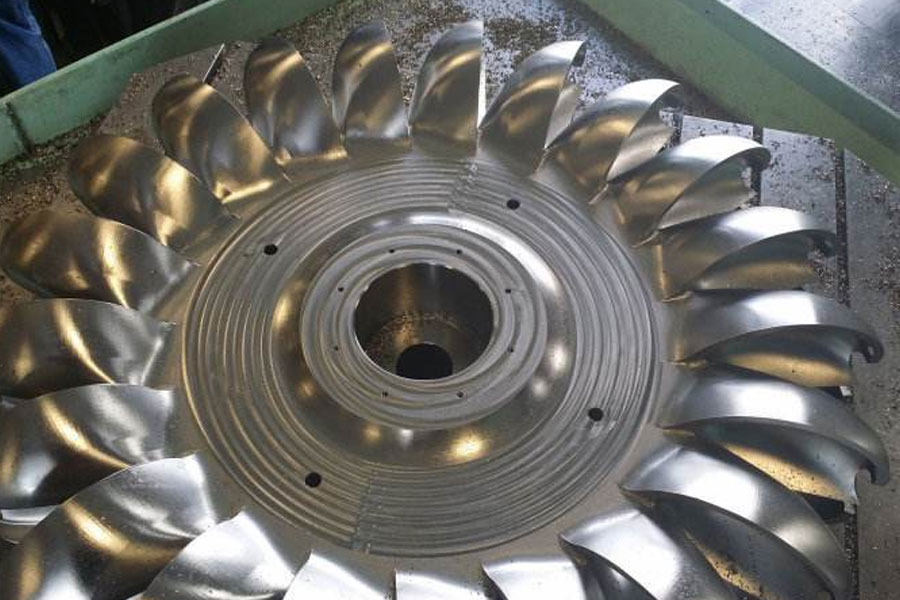
The Comparison Of Commonly Used Rapid Prototyping Methods Application Effects
At present, the more popular rapid prototyping methods in actual production include three-dimensional lithography (SLA), selective laser sintering (SLS), fusion deposition (FDM), laminate manufacturing (LOM) and direct mold casting (DSPC) )Wait. In recent years, many foreign research institutions have compared the above methods in terms of the quality of production patterns and performance in investment casting. The results are as follows:
- 1) SLA method has the highest dimensional accuracy of the pattern, followed by SLS and FDM, and LOM method is the lowest [4].
- 2) Surface roughness of the pattern The surface of the pattern is polished and finished and measured with a surface roughness meter. The results are shown in Table 12-1 [4]. It can be seen that the surface roughness is finer by the SLA and LOM methods, and the FDM method is the thickest.
- 3) The ability to reproduce fine parts The ability of these four methods to reproduce fine parts was investigated with a rack with a tooth pitch of about 3mm as the object. As a result, SLA is the best and FDM is the worst [4].
- 4) Performance in investment casting Among the above four methods, the product itself is a wax mold method (such as FDM or SLS), which can easily adapt to the requirements of investment casting process and undoubtedly performs better. Although resin or paper patterns can also be burned, they are not as easy to adapt to the requirements of investment casting as wax molds. Continuous improvements are needed to avoid disadvantages.
Comparison of surface roughness of patterns
| Measuring Part | LOM | SLS | FDM | SLA |
| Level Plane | 1.5 | 5.6 | 14.5 | 0.6 |
| Inclined Plane | 2.2 | 4.5 | 11.4 | 6.9 |
| Vertical Plane | 1.7 | 8.2 | 9.5 | 4.6 |
From an overall point of view, although the SLA method has some incompatibility with the investment casting process, it is popular because of its good dimensional accuracy and surface quality. In foreign countries, especially in the aerospace and military industries Investment casting enterprises are widely used. Although the quality of the SLS method is slightly inferior to that of SLA, it is easy to adapt to the process requirements of investment casting. Therefore, more and more applications are used in domestic investment casting. Although the FDM method is the easiest to adapt to the process requirements of investment casting, the dimensional accuracy and surface quality of the wax molds are not satisfactory; while the LOM method is of acceptable quality, but it is difficult to adapt to investment casting. Therefore, it is difficult to adapt to investment casting. The promotion and application of the two methods in investment casting are subject to certain restrictions.
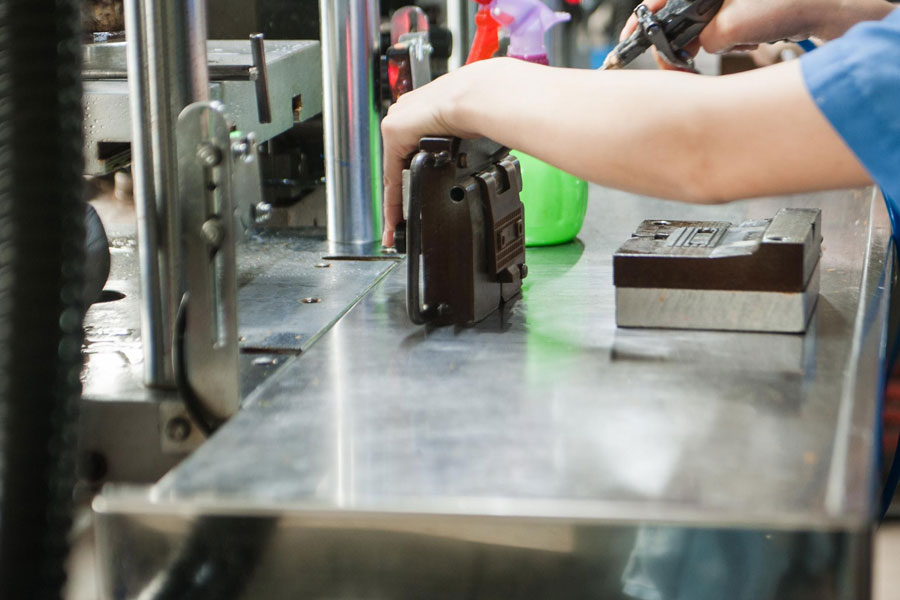
New Developments In The Application Of SLA And SLS In Investment Casting
1. New light-curing resin
The SLA method has been commercialized as early as 1987. It was originally used to make physical models and prototypes with certain functions. In the early 1990s, the QuickCast software of 3D System Inc in the United States was successfully developed, enabling the SLA rapid prototyping machine to produce a honeycomb-shaped structure (Figure 12-3a) while still maintaining a smooth and dense appearance (Figure 12-3b) , Not only saves 90% of the molding materials, but also when the shell is fired, the pattern first collapses inward without cracking the shell. In addition, people gradually discovered that for light-curing resins for mold making, they also need to meet the following special requirements:
- Viscosity-if the resin viscosity is too high, it will be difficult to drain the remaining resin in the cavity after the pattern is made. If there is too much residual resin, it may still crack the shell during baking, so centrifugal separation is often necessary. Measures. In addition, the surface of the finished pattern is also difficult to clean.
- Residual ash-this is perhaps the most important requirement. If the residual ash after the shell is baked, it will cause non-metallic inclusions and other defects on the surface of the casting.
- ·Heavy metal element content-this is particularly important for casting superalloys. For example, antimony is a relatively common element in SLA light-curing resins. If it appears in the residual ash after the shell is fired, it may contaminate the alloy and even cause the casting to be scrapped.
- Dimensional stability-the size of the pattern should remain stable during the entire operation. For this reason, the low moisture absorption of the resin is also very important.
In recent years, DSM Somos of the United States has successfully developed a new type of light-curing resin Somos 10120, which meets the above-mentioned main requirements and is quite favored by investment casting manufacturers. This new product has been cast in three different precision casting plants in three alloys (aluminum, titanium and cobalt-molybdenum alloy), and achieved satisfactory results.
2. Use SLA model for small batch production
There are two main issues to be considered in the small batch production of precision castings using SLA patterns: one is the dimensional accuracy that the pattern and casting can achieve, and the other is whether the production cost and delivery time have advantages. Several precision casting plants in the United States, such as Solidiform, Nu-Cast, PCC, and Uni-Cast, have used SLA patterns to cast hundreds of castings. After actual measurement of the casting size, statistical analysis shows that the new 11120 light-curing resin developed by DSM Somos is used. With QuickCast technology, the resulting SLA pattern has a size deviation of no more than 50% of the casting tolerance value. The size of most castings meets the tolerance requirements, and the pass rate is more than 95% (Figure 12-4) [7].
Although the cost of making an SLA pattern is much higher than that of making the same wax mold, and it takes longer, but there is no need to design and manufacture the profiling. Therefore, when a single piece is produced in small batches, the cost and delivery time are still Advantages. The more complex the casting, the more obvious this advantage. Take the complex-shaped aviation precision casting produced by Nu-Cast as an example (Figure 12-5) [7], the mold making cost is about 85,000 U.S. dollars, 4 wax molds are produced every day, and the cost of each wax mold (including materials and Labor) 150 USD. If the SLA method is adopted, each SLA model costs 2846 US dollars, but there is no need to design and manufacture molds. From this calculation, if the output is less than 32 pieces, the cost of using SLA molds is lower than that of wax molds; if more than 32 pieces, the cost is higher than wax molds (Figure 12-6); using wax molds, it takes 14-16 weeks to design and manufacture molds , And the SLA mold does not require a mold. Therefore, if the output is less than 87 pieces, using SLA molds, the delivery of castings is faster than wax molds (Figure 12-7). But more than 87 pieces, the wax mold is faster [7]. Another factor that needs to be considered is that if wax mold is used, when the product is updated, the mold needs to be re-made, which is costly; while with SLA appearance, all that needs to be done is to change the CAD geometric model, which is much easier and faster than re-making the mold. .
3. SLS sintered polystyrene powder impregnated wax pattern
SLS initially used a laser to sinter a special wax powder into a wax mold, which is very suitable for the process characteristics of investment casting. As early as the end of 1990, there were more than 50 foundries in the United States, producing about 3000 wax molds, and successfully casting them. Produce a variety of metal castings. However, wax powder is not the most ideal molding material. The strength of the wax mold made from it is insufficient, and it is easy to soften and deform when the temperature is high, and it is easy to break when the temperature is low. Therefore, in the early 1990s, some SLA users in the United States tried to replace wax powder with thermoplastic powders such as polystyrene (PS) or polycarbonate (PC). This kind of material is made into a loose and porous shape (the porosity is more than 25%), which reduces the risk of swelling and cracking of the shell during demolding. After the shell is fired, the ash content is less, but the surface of the pattern is rough. Therefore, after the pattern is made, it needs to be waxed and polished by hand to make the surface smooth and dense. At present, this method has been widely used at home and abroad.
Please keep the source and address of this article for reprinting:The Application Of Rapid Prototyping Technology In Investment Casting
Minghe Casting Company are dedicated to manufacture and provide quality and high performance Casting Parts(metal die casting parts range mainly include Thin-Wall Die Casting,Hot Chamber Die Casting,Cold Chamber Die Casting),Round Service(Die Casting Service,Cnc Machining,Mold Making,Surface Treatment).Any custom Aluminum die casting, magnesium or Zamak/zinc die casting and other castings requirements are welcome to contact us.
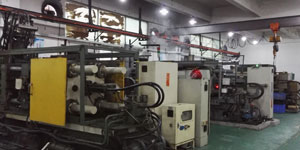
Under the control of ISO9001 and TS 16949,All processes are carried out through hundreds of advanced die casting machines, 5-axis machines, and other facilities, ranging from blasters to Ultra Sonic washing machines.Minghe not only has advanced equipment but also have professional team of experienced engineers,operators and inspectors to make the customer’s design come true.

Contract manufacturer of die castings. Capabilities include cold chamber aluminum die casting parts from 0.15 lbs. to 6 lbs., quick change set up, and machining. Value-added services include polishing, vibrating, deburring, shot blasting, painting, plating, coating, assembly, and tooling. Materials worked with include alloys such as 360, 380, 383, and 413.
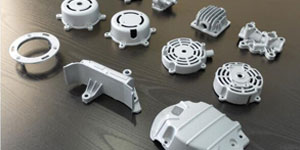
Zinc die casting design assistance/concurrent engineering services. Custom manufacturer of precision zinc die castings. Miniature castings, high pressure die castings, multi-slide mold castings, conventional mold castings, unit die and independent die castings and cavity sealed castings can be manufactured. Castings can be manufactured in lengths and widths up to 24 in. in +/-0.0005 in. tolerance.
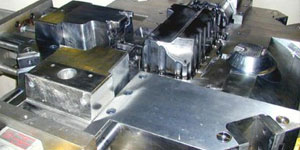
ISO 9001: 2015 certified manufacturer of die cast magnesium, Capabilities include high-pressure magnesium die casting up to 200 ton hot chamber & 3000 ton cold chamber, tooling design, polishing, molding, machining, powder & liquid painting, full QA with CMM capabilities, assembly, packaging & delivery.

ITAF16949 certified. Additional Casting Service Include investment casting,sand casting,Gravity Casting, Lost Foam Casting,Centrifugal Casting,Vacuum Casting,Permanent Mold Casting,.Capabilities include EDI, engineering assistance, solid modeling and secondary processing.
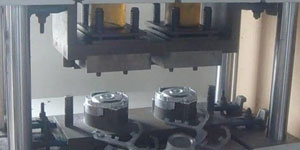
Casting Industries Parts Case Studies for: Cars, Bikes, Aircraft, Musical instruments, Watercraft, Optical devices, Sensors, Models, Electronic devices, Enclosures, Clocks, Machinery, Engines, Furniture, Jewelry, Jigs, Telecom, Lighting, Medical devices, Photographic devices, Robots, Sculptures, Sound equipment, Sporting equipment, Tooling, Toys and more.
What Can we help you do next?
∇ Go To Homepage For Die Casting China
→Casting Parts-Find out what we have done.
→Ralated Tips About Die Casting Services
By Minghe Die Casting Manufacturer |Categories: Helpful Articles |Material Tags: Aluminum Casting, Zinc Casting, Magnesium Casting, Titanium Casting, Stainless Steel Casting, Brass Casting,Bronze Casting,Casting Video,Company History,Aluminum Die Casting |Comments Off
Link to this article:The Application Of Rapid Prototyping Technology In Investment Casting
Reprint Statement: If there are no special instructions, all articles on this site are original. Please indicate the source for reprinting.:Cut Wiki,Thanks!^^
